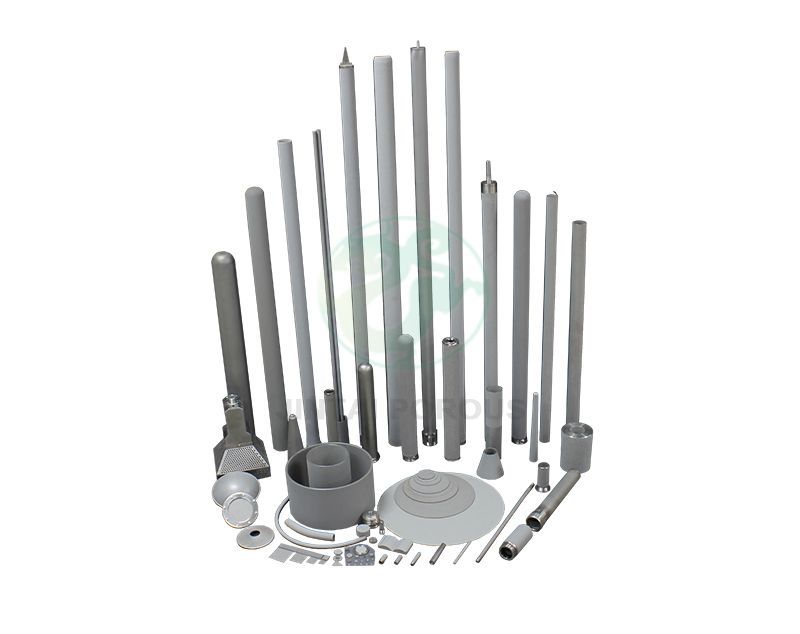What is the disadvantage of porous sparger?
A porous sparger is a device used in many industrial processes for the introduction of gases into liquids. It typically consists of a porous material, such as a ceramic or metal, through which gas is forced at high pressure to create a stream of bubbles that mix with the liquid. While porous spargers offer several advantages over other gas introduction methods, such as high gas transfer rates and excellent mixing, they also have some significant disadvantages.
One of the main disadvantages of porous spargers is fouling. Over time, the pores of the sparger become clogged with particles from the liquid being sparged. This can reduce the sparger's effectiveness and lead to a decrease in gas transfer rates. Additionally, the clogging of the sparger can cause pressure drops, which can lead to a decrease in the efficiency of the entire process.
Another disadvantage of porous spargers is their susceptibility to damage. Porous materials are often brittle and can be easily damaged if subjected to mechanical stress or thermal shock. This can result in the sparger breaking or becoming deformed, which can lead to a loss of efficiency or even complete failure of the process.
Porous spargers are also limited in terms of the types of gases that can be introduced. They are most commonly used for introducing air or oxygen into liquids, but are less effective when it comes to introducing other gases, such as carbon dioxide or nitrogen. This is because the size and shape of the bubbles created by the sparger are not optimal for these gases, resulting in reduced gas transfer rates.
Another disadvantage of porous spargers is their cost. Porous materials are often more expensive than other types of spargers, such as diffusers or gas injection nozzles. Additionally, the cost of replacing a porous sparger that has become damaged or clogged can be significant.
In addition to these disadvantages, porous spargers can also be difficult to clean and maintain. Cleaning the sparger typically requires disassembling the equipment and manually cleaning the porous material, which can be time-consuming and labor-intensive. Additionally, maintaining the sparger's performance over time requires regular monitoring and replacement of the porous material as it becomes clogged or damaged.
Related links:Revolutionizing Waste Management: The Underground Waste Container System
Top Uses and Benefits of VCI Ziplock Bags
Revolutionizing Supply Chain with VCI Packaging: How?"- How can VCI packaging materials revolutionize the supply chain industry?
Ultimate Guide: Everything You Need to Know About VCI Poly Bags
Understanding How VCI Can Impact Electronics
How do Electrostatic discharge bags protect electronics?
Ultimate Guide to ESD Vacuum Bags: Everything You Need to Know!
Despite these disadvantages, porous spargers remain a popular choice for many industrial processes due to their high gas transfer rates and excellent mixing capabilities. However, it is important to carefully consider the specific needs of each process and weigh the advantages and disadvantages of porous spargers against other gas introduction methods to determine the most suitable option.
Related:
Related links:How to Choose the Best PE Film Roll
10 Questions You Should Know about Electrostatic Discharge Bags
10 Questions You Should Know About Static-safe Pouches
SOLVED: Substitute for an anti-static bag? - Electronics
Film Pe: Captivating Stories vs. Stunning Visuals
Ditching Electrostatic Discharge Bags: Are They Obsolete?
What Are Esd Safe Bags And Why?
443
0
0


Comments
All Comments (0)